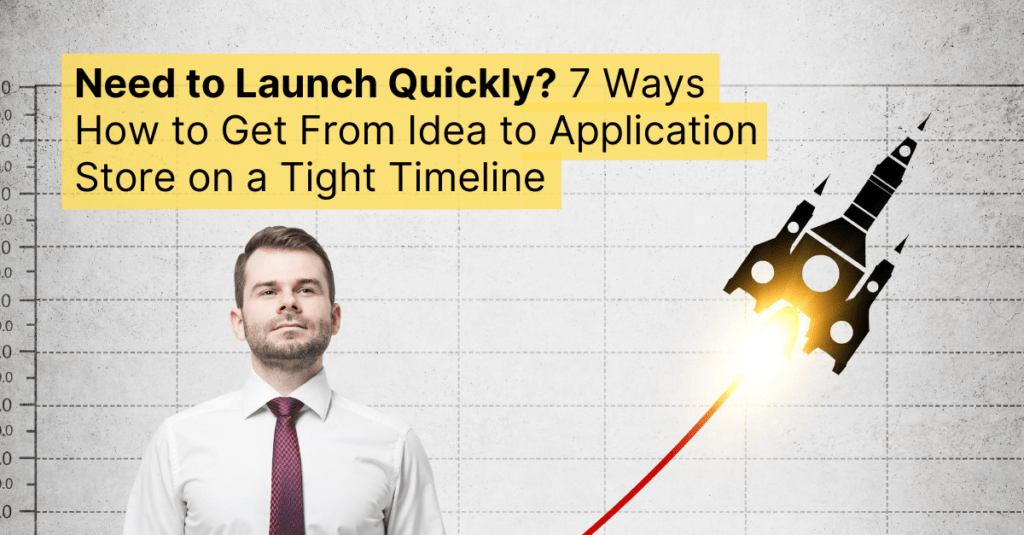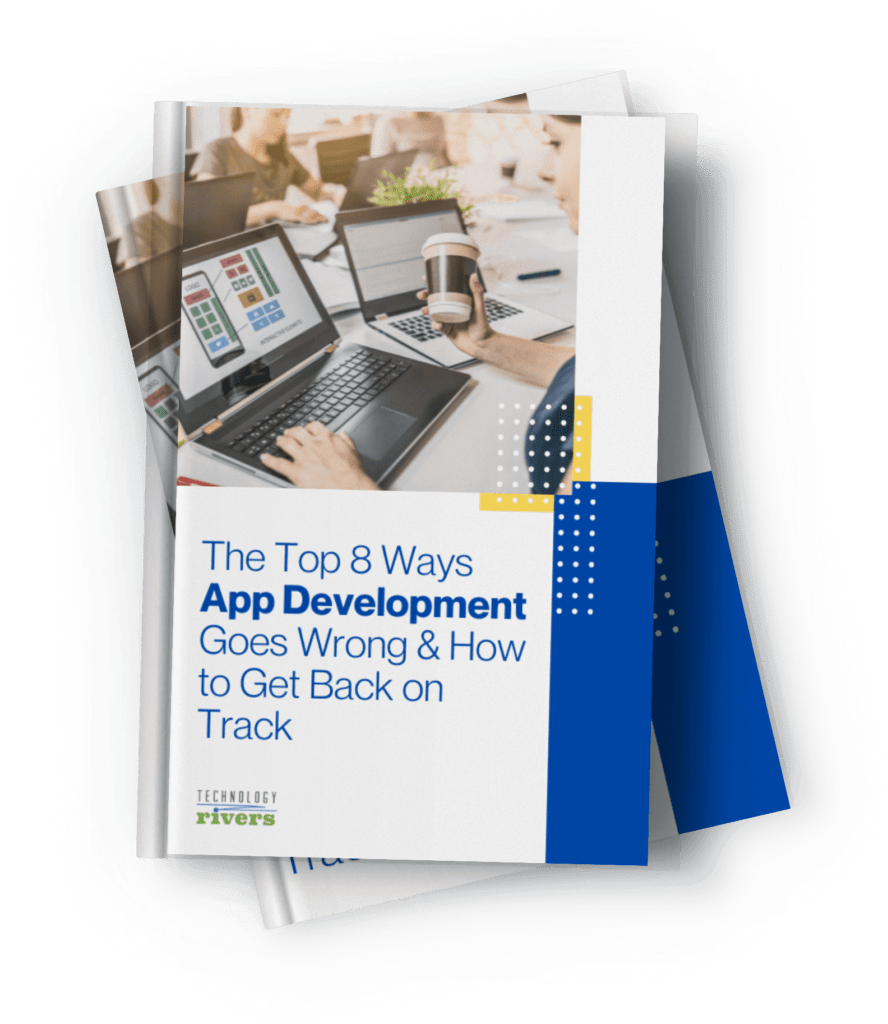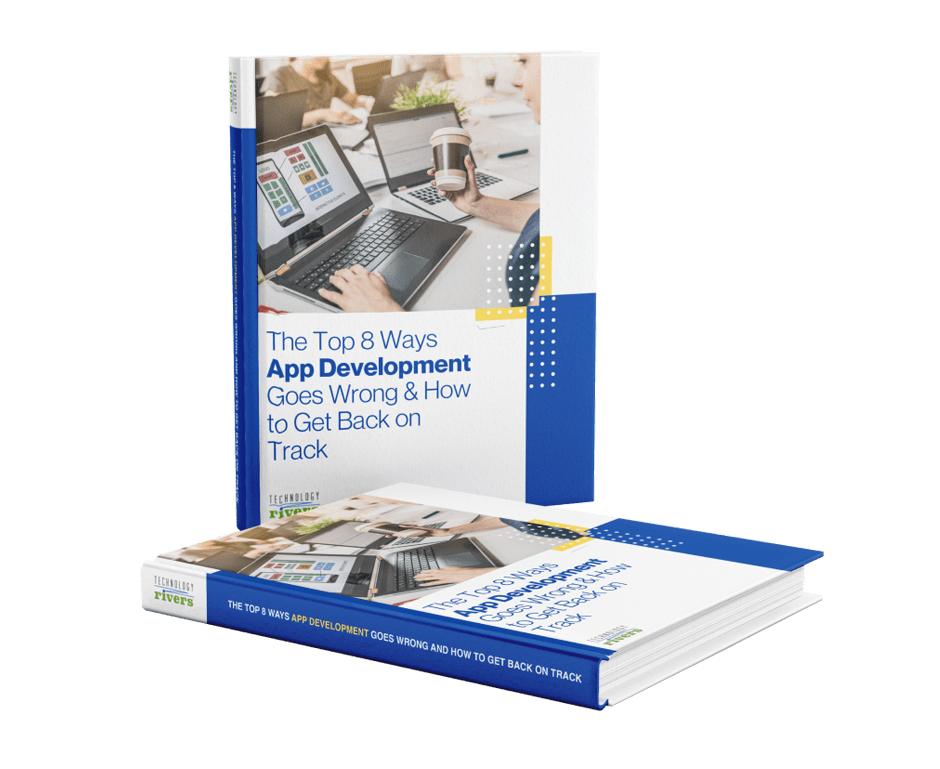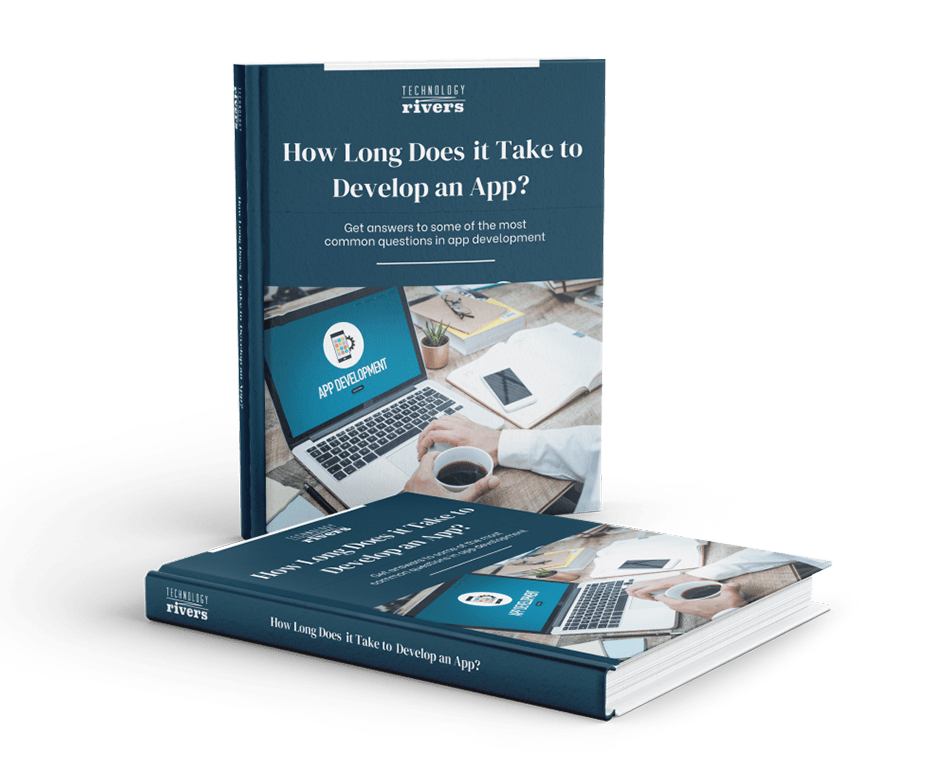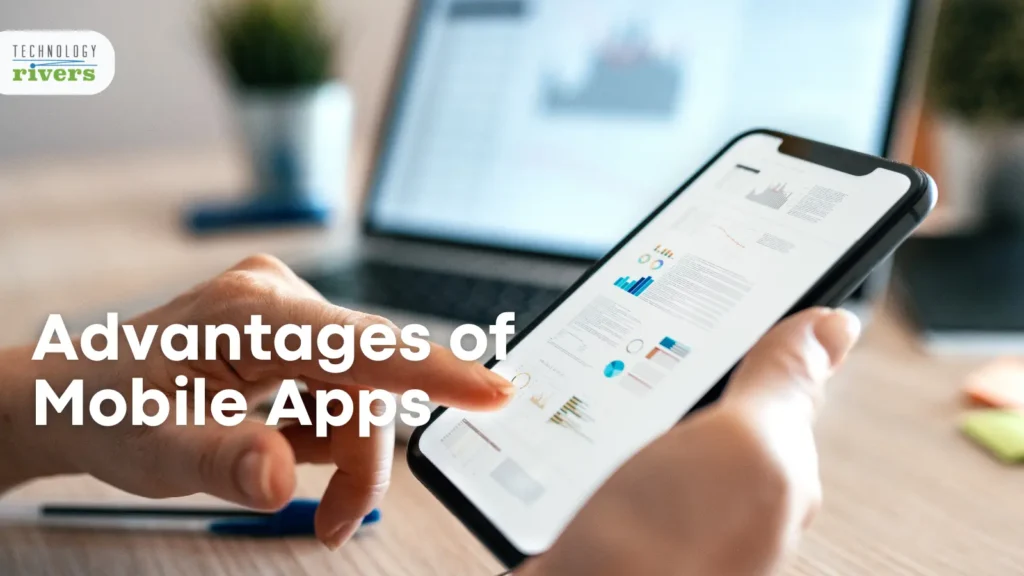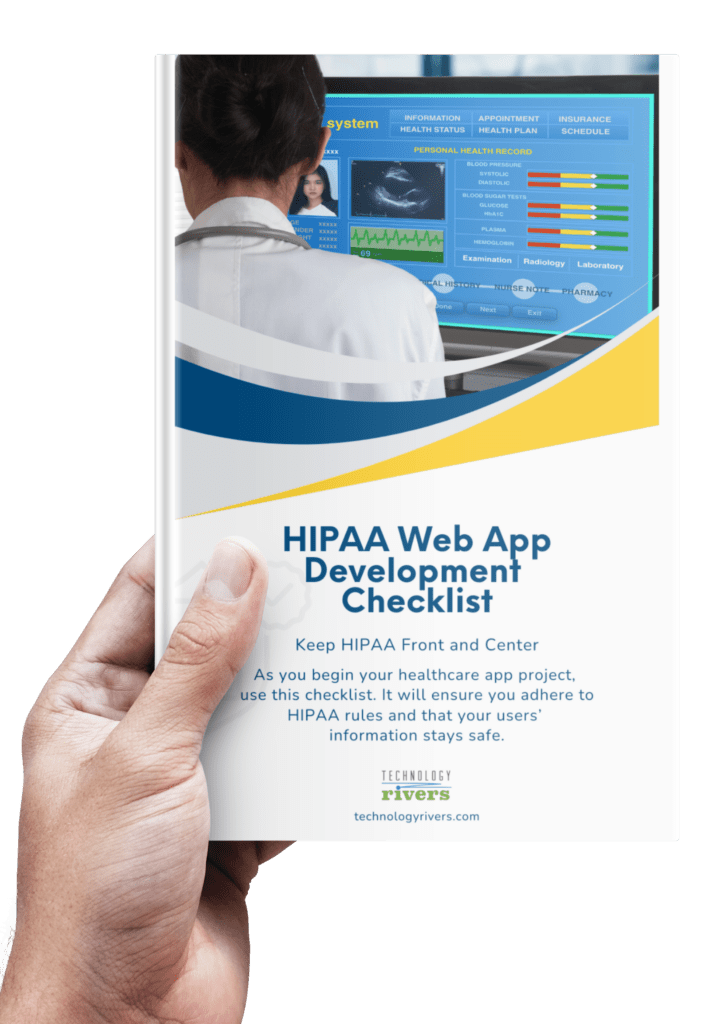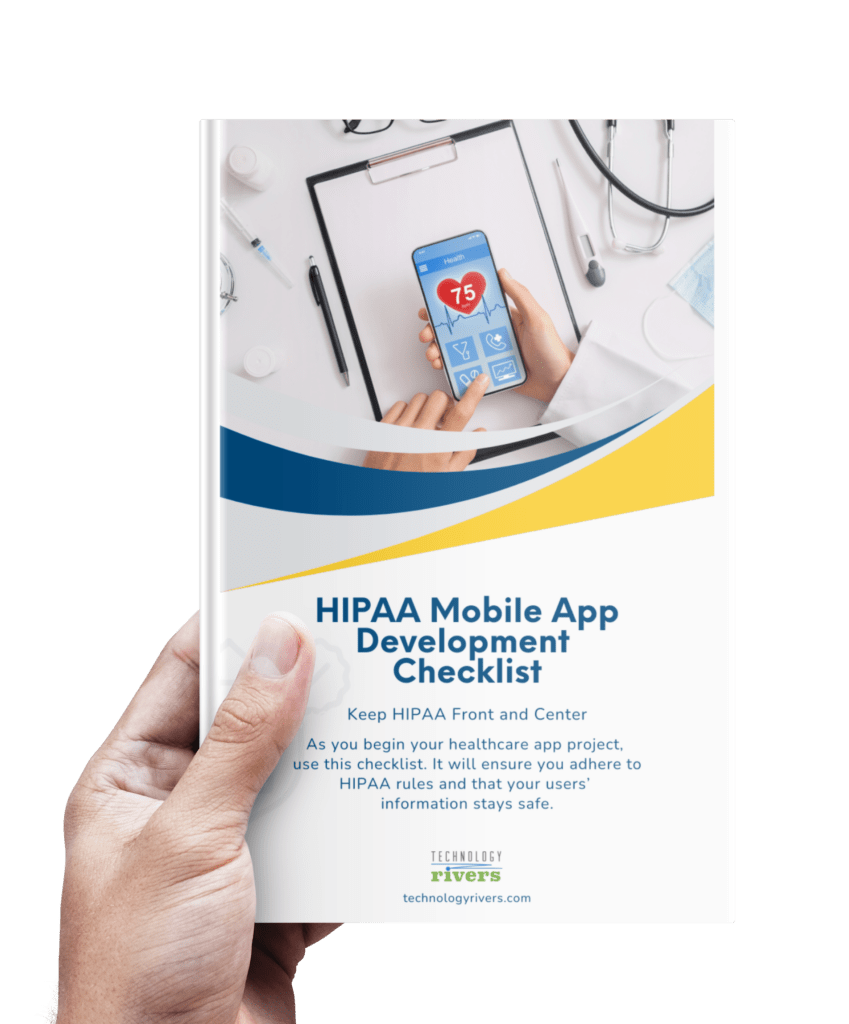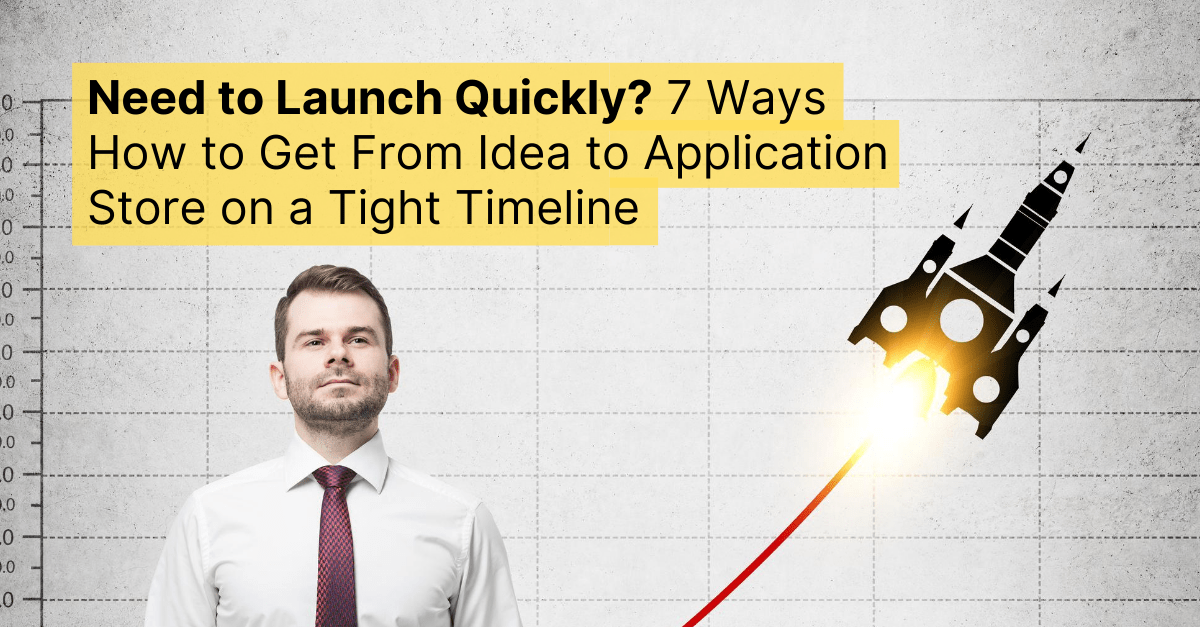
Blogs » Need to Launch Quickly? 7 Ways How to Get From Idea to Application Store on a Tight Timeline
Table of Contents
You’ve come up with a new idea for an app. You’re sure it’s going to be a hit –– the one that launches you into the entrepreneurial record books. You want it to be perfect but, as a successful entrepreneur once said, sometimes done is better than perfect. And, if you’re going to stay ahead of the competition, your first priority is to launch quickly.
Time is of the Essence: Run Agile and Launch Quickly
When you’re running a startup, your focus is on staying agile and lean. You don’t have extra resources to drop on unnecessary expenses or barking up the wrong tree. You could do everything A to Z manually or you can say, “We have this great idea, but we’re going to take this backend capability and interface that is already built, take it out of the box, add our user-facing front-end functionality, and launch quickly and efficiently.”
1. Utilize What Already Exists to See What You Really Need
Instead of building your application from ground zero, you should consider all possible integrations and out of the box solutions that can relieve the time constraint and pressure of building everything yourself. This is the key to launching quickly.
Maybe that means figuring out how existing pre-built integrations and interfaces can get you ahead of the game –– and we’ll get into that in the next section, but it could also mean you decide that you are not going to build an application from scratch. You’re going to exist as a plug-in to those that have already come before you. You save the time and effort of building from zero and give yourself the opportunity to make a name for yourself in your industry.
Email Tracking software such as Yesware and Mixmax are good examples. The CRM software market is crowded and dominated by Salesforce, PipeDrive and many others. Yesware and Mixmax identified the gap and focused mainly on email tracking.
They believed they had a leaner and quicker way to get their email tracker launched quickly. They integrated as a plugin to existing email clients such as Gmail. They only had to build the technology to track email opens, rather than build an CRM or email program from the ground up. They built their reputation and, as time went on, they gradually added sequencing, email marketing, and more, and slowly getting closer to competing with the CRM products.
This approach of focusing on the missing feature or unique differentiator could set the startup up for a lucrative acquisition by an established competitor missing this one particular feature.
Blitzr, a new startup focusing on a virtual conferencing software, entered a world that was already dominated by Zoom, Cisco, and others. They utilized a road map that was already created and chose to focus on a specific service that was not presently offered in the available options.
Blitzr knew users could already find group virtual conferencing elsewhere and instead created one-on-one speed dating style software. By carving out their own niche and jumping into an existing market, they were able to quickly launch without reinventing the wheel.
By focusing on the core problem, they did not only get quick traction, but this path also offered themselves the opportunity to build other features slowly.
2. Capitalize on a Model That Already Exists, But Bring it to a New Region
Similar to those who utilize already existing software capabilities, some startups borrow an idea verbatim from another successful company –– but launch it in a different region.
One example: Uber had failed to gain a strong footing in the Middle East however, their competitor Careem, was taking off. A much smaller company, but one with a solid presence and a growing reputation across Egypt, Jordan, Saudi Arabia, and the UAE, Careem offered a similar product, but one that resonated with these populations. They saw an opening, given that Uber hadn’t grown in the area, and launched with an almost identical model. Uber, being the much larger competitor, is now acquiring the company for $3.1 billion, but allowing Careem to maintain their branding and identity. It’s a win-win for a smaller startup that launched quickly using a proven business model but adapting it for regional success.
3. Explore Manual-First Delivery for Application Tasks That Need Now
Additionally, when you look to launch quickly, you have to focus on what defines your idea. What is absolutely necessary? What are you selling and what supports the growth of that product or service? If a particular technology doesn’t move the needle forward in an immediate and tangible way, it isn’t important in those early days. And, if it does –– you may need to explore a manual-first approach to make sure it’s ready.
You have to think of temporary solutions rather than ideal scenarios. This is reality, not a dream world, and, at the end of the day, what’s critical is anything on your application that is user-facing. You can sacrifice your team’s time and efficiency in those early days if it improves the user experience.
One of the best stories of this focus on temporary solutions to improve the user experience is Yipit’s launch. As deal sites like Groupon emerged and rapidly multiplied, Yipit’s founders saw a need for a deal aggregator that would bring all daily deals under one umbrella. Users couldn’t keep up with multiple emails from multiple deal sites and Yipit was determined to provide a solution. But, they had to launch quickly.
However, they didn’t have the technology quite figured out in the 3 days they gave themselves to build and launch. So, they took it into their own hands. They logged on as soon as the deal sites went live with new deals each day and manually entered them into their daily aggregated email. It wasn’t perfect, but it was done.
In the months that followed, competitors emerged and utilized a crawling technology to automate downloading deals daily. But, Yipit had the advantage of time. They’d already been doing this, gaining press, and raising funds long before the others even entered the field. Speed and traction triumphed over perfection.
Focus on those capabilities that need to be delivered now, even if you have to do them manually. You’ll build out as you launch and learn what’s working, as well as what’s not.
4. Don’t Try To Be A Perfectionist: Launch Fast, Iterate, and Improve
As Jason Fried and David Heinemeier Hansson recommended in their famous book, Rework, Don’t hold everything else up because of a few leftovers. You can do them later. It’s okay to be perfect whenever possible, but in the startup world, you don’t want to delay the launch by being a perfectionist. It is recommended to launch as quickly as possible, so your product is in front of customers ASAP, iterate or pivot, and improve based on the customer feedback.
Let’s say you’re building out a marketplace application. You’re connecting clients with service providers and the payment between the two will be released at the end of a designated contract. Maybe that contract is 30 days. While you’re building the application, you focus on the front-end experience and the features that are actually needed to start the service and carry it through completion. In theory, you have 30 days before that payout will come up. That means you could launch before the payout backend is complete and build it as it’s needed. It’s risky. But, isn’t entrepreneurship all about taking risks?
5. Go Serverless, Plus More: Opt for A Back-End Interface That Already Exists
If you’re reading this post and thinking, “Yes, this is me, I need to launch quickly! So, what can I use as a back-end interface to get my application up and running?!” well, we have a few answers.
Serverless approach will allow you to quickly create your backend without having to worry too much about your backend API management etc. However, there are some additional tools you can use to even simplify your backend portal. Your core application is what your customer needs, but you do not need a fancy admin console or customer service portal to support your customers. There are many approaches to take, and they all have their pros and cons. Some of the possible approaches for pre-build admin could be:
- Use cloud backend such as Google Firebase
- Use Salesforce (force.com platform) as a backend. Salesforce platform can handle so much that it deserves separate articles.
- Use something like KeystoneJS if your stack is Node JS with MongoDB
There are many different options and vary depending upon your preferences and needs. With this pre-built admin software, you utilize their serverless backend and integrate directly into your app. There’s no need for you to build the interface –– your application will be deployed on top of your database without you having to write the code from scratch. All interactions will live within this backend. That means you can now dedicate your focus entirely to the frontend user experience (an added bonus if you’re not a technical expert!).
6. If You’re the First of Your Kind, Things Don’t Need to be Perfect on Day One
When does this approach of utilizing existing integrations work and when do you need to build a flawless application from day one?
If you’re the first entrepreneur to take on an idea, you want to move fast to take the first-movers advantage. Let’s say, your idea is a cat grooming on-demand application(we’re *pretty* sure that’s not out there!), then you can easily leverage an existing interface that exists for on-demand service apps and build your own user-facing technology. As you get to know your users and their needs, you can customize or rebuild the backend, but your first priority is being the first into the market.
However, if you’re launching into an existing vertical, then you need to fully build out your capabilities. There’s no room for growing pains. You won’t make a splash in a crowded pool unless your application is fully developed and gives users a reason to choose you over the competitors, who may have already made a name for themselves.
7. Get a Partner Who Can Help You Prioritize and Launch Quickly
Now that you have ideas on how to launch in a short timeline, what are the next steps? Do you have a team who can undertake this, or you may consider outside help? Bringing on an experienced partner can help you hone in your focus on the decisions that will have an impact on the product development, user’s experience, and advise you not only on growth strategy but also on where to spend money –– and where to save. A partner who understands product management, startup hype cycle, and someone who can not only consult with you on development strategy but also help define the roadmap.
To launch quickly, Technology Rivers guides customers on what to build and what to prioritize according to their individual time and budget constraints. You need someone who’s done this before and has the know-how to say, “You want to do X, here’s the most efficient way to get there.” We have the experience and the network to connect our clients with the most streamlined way to get to launch quickly.
And, on launch day, your application will be done and on its way to perfect. Yet, it will be both done AND perfect from your users’ perspective. If you have an idea, talk to us!


